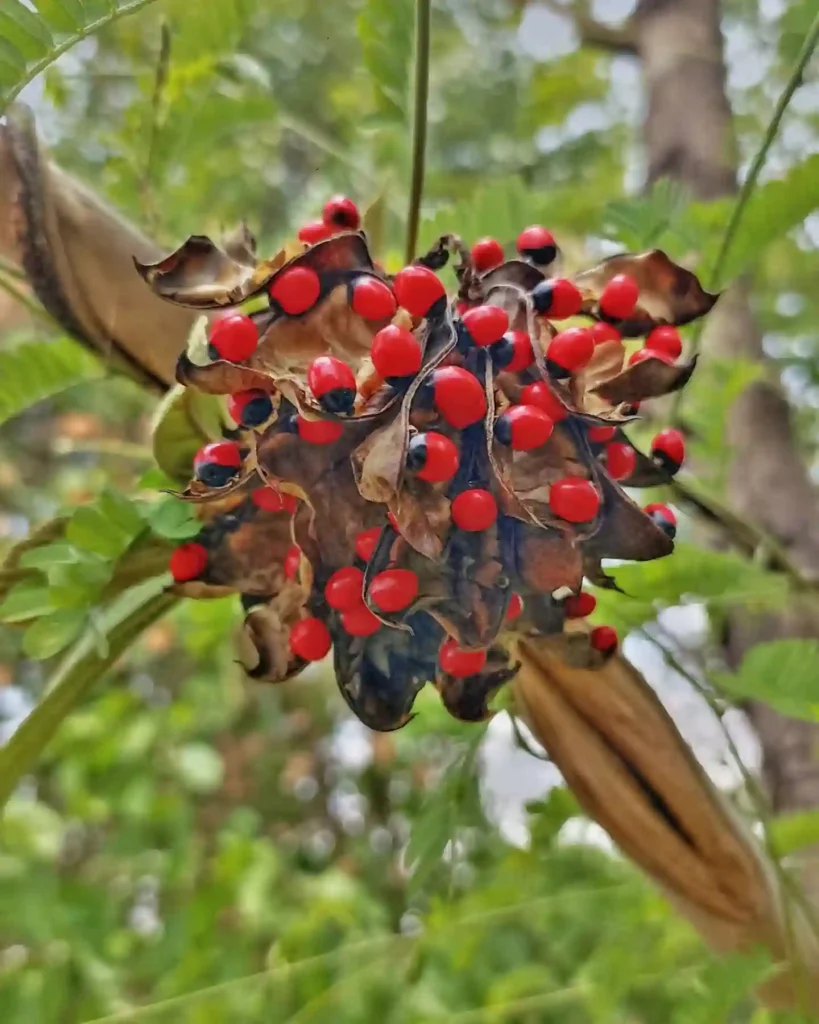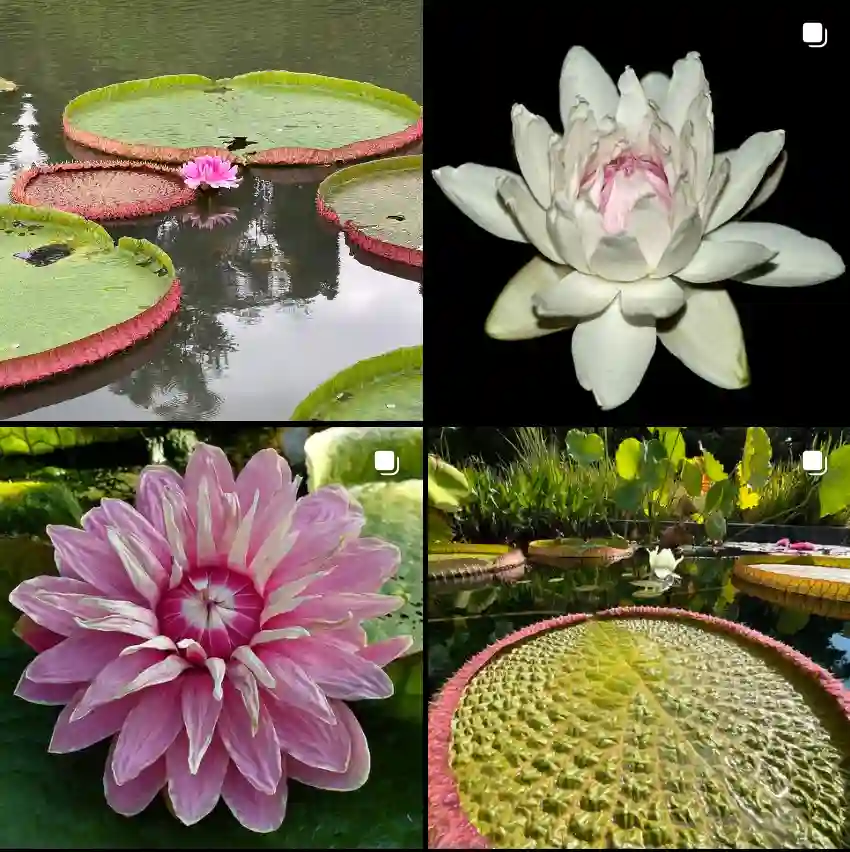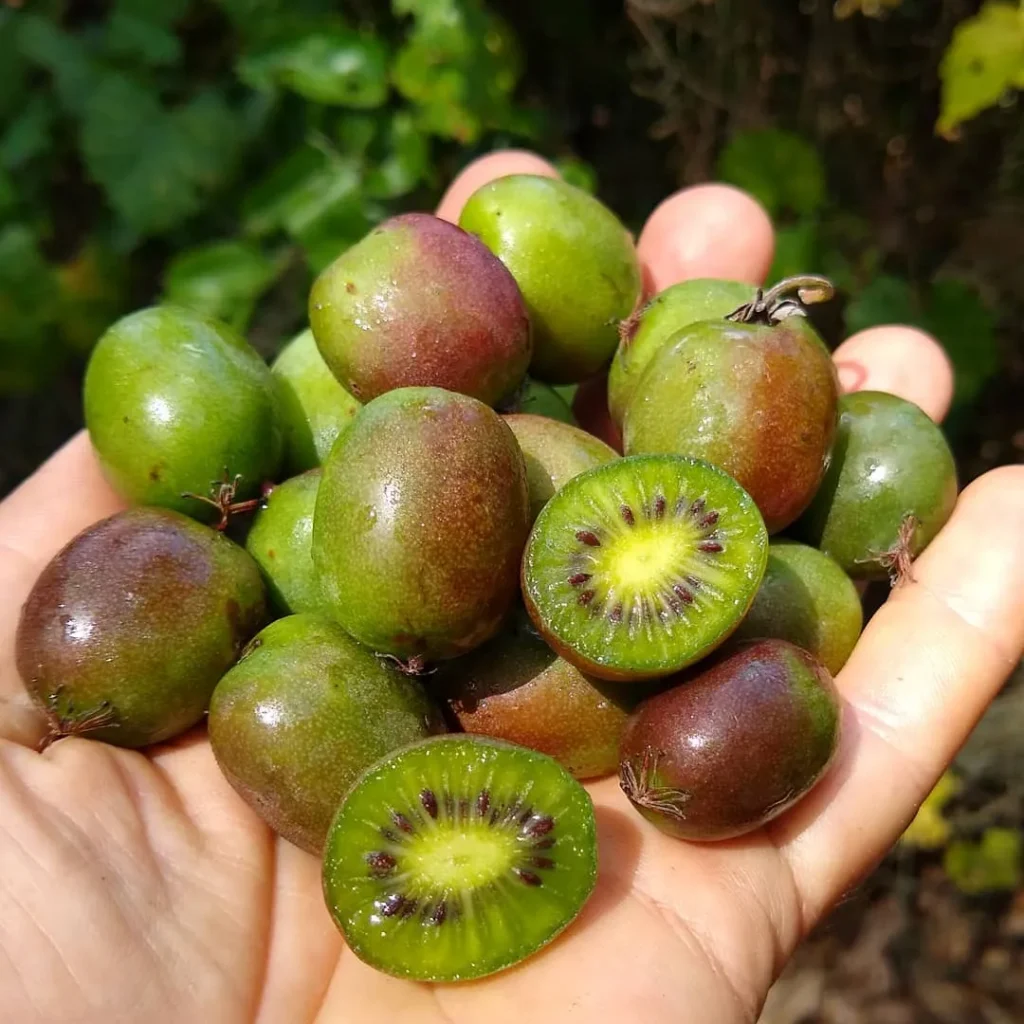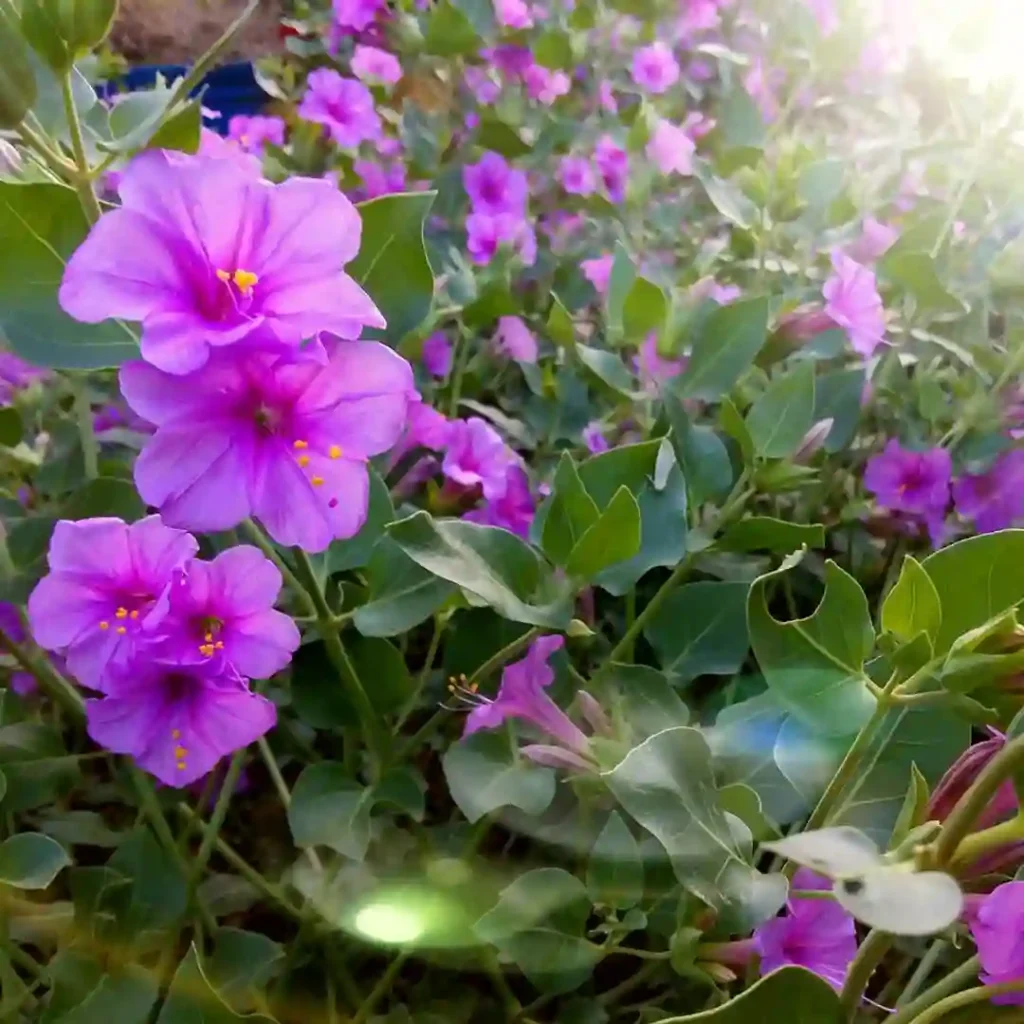A Journey into the World of Phyllanthaceae
Hello there, fellow plant enthusiasts! Ferb Vu here, ready to take you on a fascinating journey into the world of Phyllanthaceae, a captivating plant family that boasts incredible diversity and intrigue. From the lush rainforests of the Amazon to the arid landscapes of Australia, Phyllanthaceae plants have made their mark on ecosystems around the globe. Join me as we explore the remarkable characteristics, ecological significance, and economic value of this extraordinary botanical family.
Phyllanthaceae: An Overview
Phyllanthaceae is a large and diverse family of flowering plants, comprising approximately 59 genera and over 2,000 species. These plants exhibit a wide array of growth habits, ranging from towering trees to delicate herbs, and can be found in a variety of habitats across tropical and subtropical regions. The family is characterized by its unique floral structures, often bearing unisexual flowers with reduced petals and sepals.
Genera of Phyllanthaceae
The Phyllanthaceae family boasts an impressive roster of genera, each contributing its own unique charm to the botanical tapestry.
- Phyllanthus: This genus, the namesake of the family, encompasses a diverse array of species, including herbs, shrubs, and trees. Many Phyllanthus species are valued for their medicinal properties, with traditional uses ranging from treating liver ailments to managing diabetes. – 865 Species in Genus Phyllanthus
- Antidesma: Commonly known as “bignay” or “Chinese laurel,” Antidesma species are often cultivated for their edible fruits, which are relished fresh or processed into jams and preserves.
- Breynia: This genus features a collection of shrubs and small trees, often adorned with attractive foliage and colorful fruits. Several Breynia species are popular ornamental plants, adding a touch of elegance to gardens and landscapes. – 96 Species in Genus Breynia
- Glochidion: Comprising a diverse assemblage of trees and shrubs, Glochidion species play a crucial role in forest ecosystems, providing food and shelter for a variety of wildlife.
- Bridelia: This genus encompasses a collection of trees and shrubs, often characterized by their rough bark and leathery leaves. Several Bridelia species are valued for their timber, which is used for construction and furniture making.
- Actephila Blume
- Amanoa Aubl.
- Andrachne L.
- Apodiscus Hutch.
- Aporosa Blume
- Ashtonia Airy Shaw
- Astrocasia B.L.Rob. & Millsp.
- Baccaurea Lour.
- Bischofia Blume
- Celianella Jabl.
- Chascotheca Urb.
- Chicomendes W.Cordeiro & M.F.Sales
- Chonocentrum Pierre ex Pax & K.Hoffm.
- Chorisandrachne Airy Shaw
- Cleistanthus Hook.f. ex Planch.
- Croizatia Steyerm.
- Dicoelia Benth.
- Didymocistus Kuhlm.
- Discocarpus Klotzsch
- Distichirhops Haegens
- Flueggea Willd.
- Gonatogyne Klotzsch ex Müll.Arg.
- Heterosavia (Urb.) Petra Hoffm.
- Heywoodia Sim
- Hieronyma Allemão
- Hymenocardia Wall. ex Lindl.
- Jablonskia G.L.Webster
- Keayodendron Leandri
- Lachnostylis Turcz.
- Leptonema A.Juss.
- Leptopus Decne.
- Lingelsheimia Pax
- Maesobotrya Benth.
- Margaritaria L.f.
- Martretia Beille
- Meineckia Baill.
- Nothobaccaurea Haegens
- Notoleptopus Voronts. & Petra Hoffm.
- Pentabrachion Müll.Arg.
- Phyllanthopsis (Scheele) Voronts. & Petra Hoffm.
- Plagiocladus J.F.Brunel
- Poranthera Rudge
- Protomegabaria Hutch.
- Pseudolachnostylis Pax
- Pseudophyllanthus (Müll.Arg.) Voronts. & Petra Hoffm.
- Richeria Vahl
- Savia Willd.
- Securinega Comm. ex A.Juss.
- Spondianthus Engl.
- Synostemon F.Muell.
- Tacarcuna Huft
- Thecacoris A.Juss.
- Uapaca Baill.
- Wielandia Baill.
Ecological and Economic Significance
Phyllanthaceae plants play a vital role in maintaining ecological balance, providing food and shelter for a variety of animals, including insects, birds, and mammals. Many species are also known for their medicinal properties, serving as a source of traditional remedies for various ailments. Furthermore, the family contributes to the global economy through the production of timber, fruits, oils, and other valuable products.
Conservation Concerns
Despite their ecological and economic importance, several Phyllanthaceae species face threats due to habitat loss, overexploitation, and climate change. Conservation efforts are crucial to safeguarding the future of this remarkable plant family.
Conclusion
The Phyllanthaceae family is a testament to the wonders of the natural world, showcasing an incredible diversity of plant life that enriches our ecosystems and contributes to our well-being. From the medicinal herbs of Phyllanthus to the edible fruits of Antidesma, this family offers a treasure trove of botanical wonders waiting to be explored. As we continue to learn about and appreciate the Phyllanthaceae, let us also strive to protect and conserve these invaluable plants for generations to come.
If i die, water my plants!



